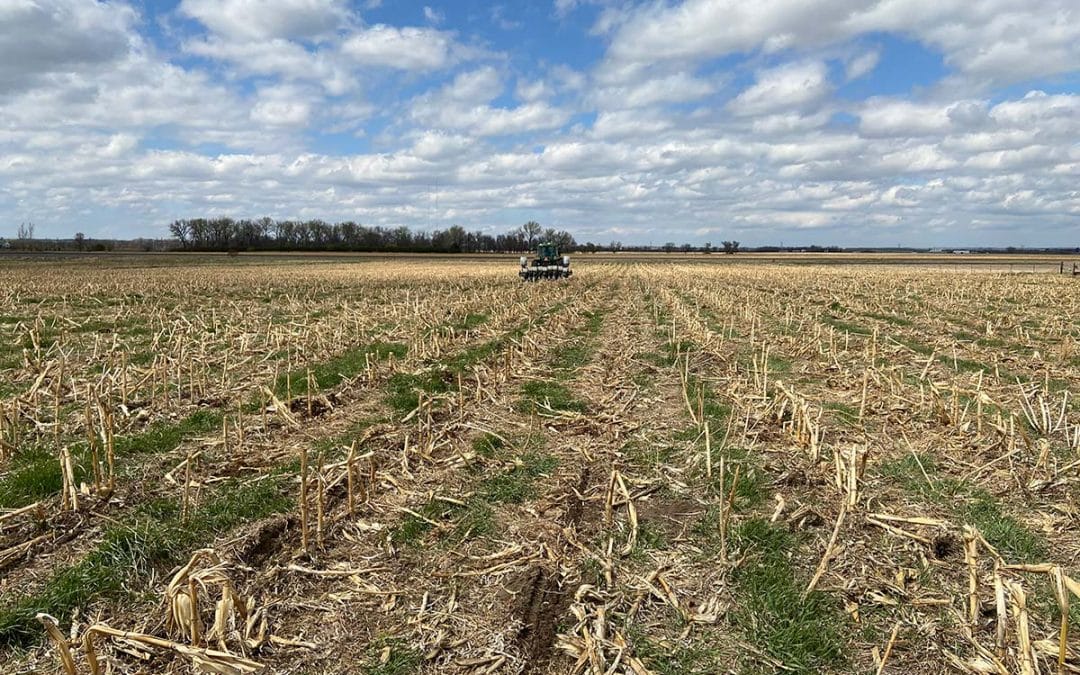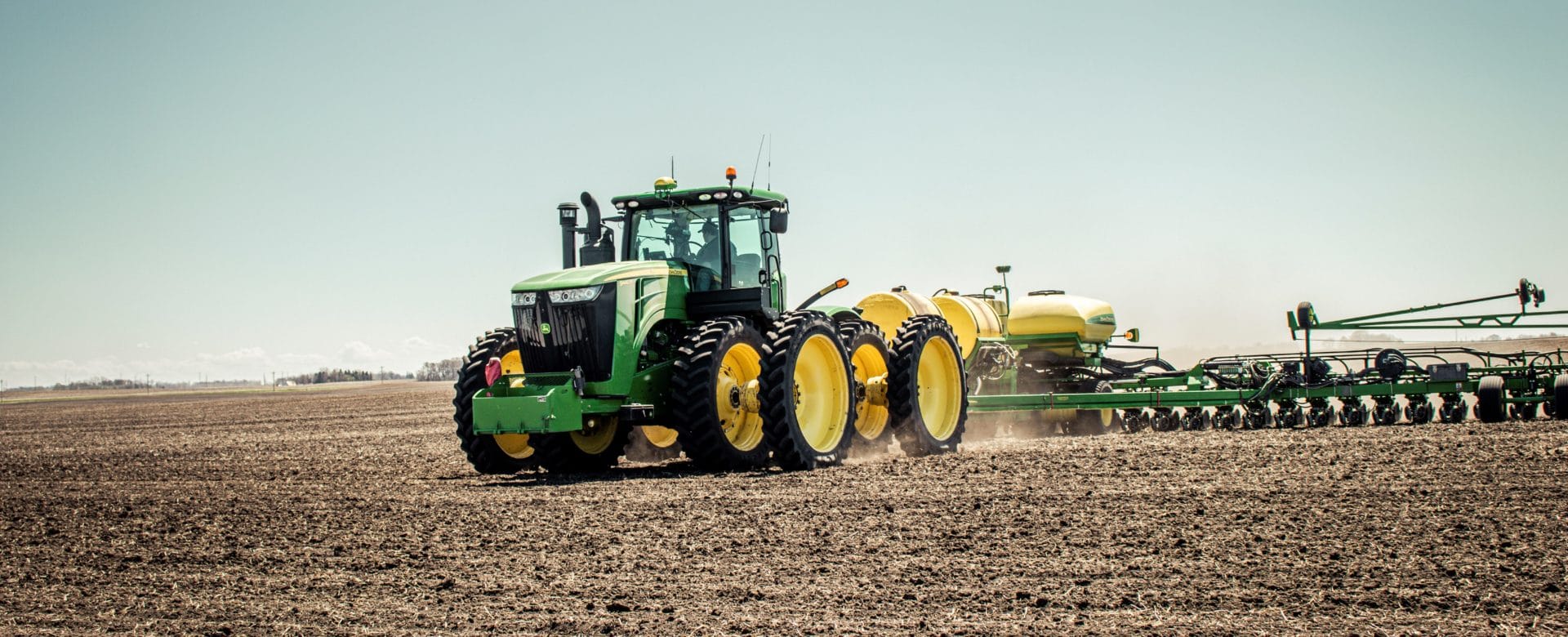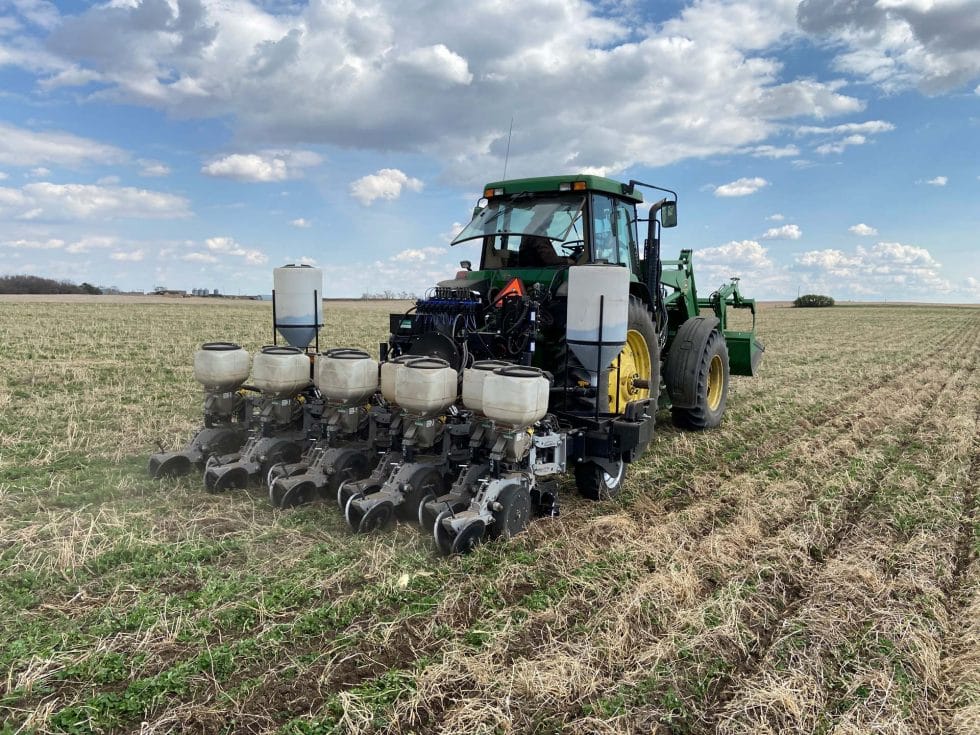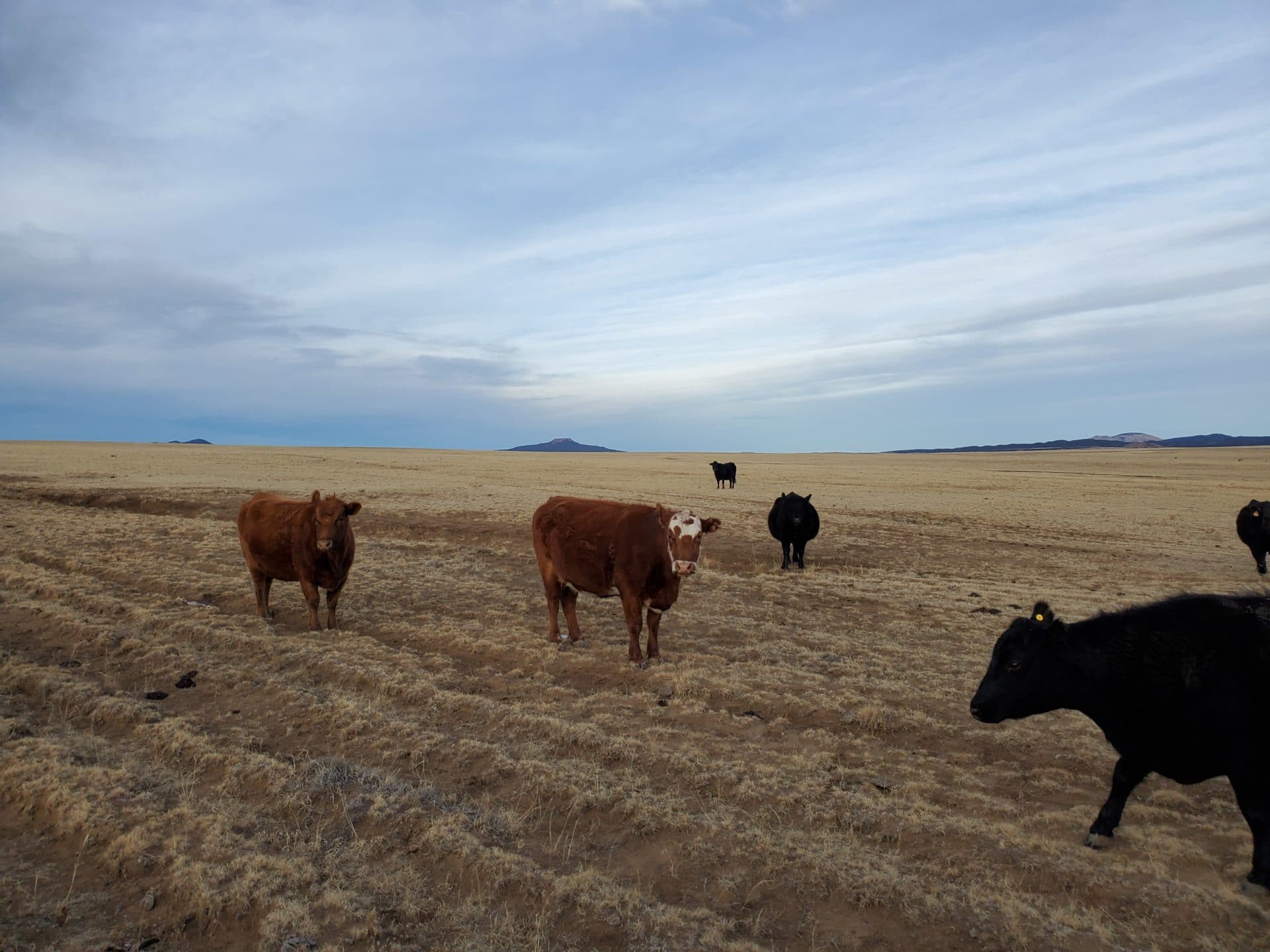Building healthy soil isn't rocket science. Rocket science is much simpler.
"When we look at our cropping systems today, even a lot of our grazing systems, they're not capable of building soil."
That, says Jay Fuhrer, is a problem. Why? Because if you don't have healthy soil, you don't have a sustainable operation.
Fuhrer (pronounced "fear") spent 40 years as a conservationist with USDA's Natural Resources Conservation Service (NRCS), based in Bismarck, N.D. He became involved with the Menoken Farm, a conservation demonstration farm near Bismarck, and now works there as chief educator.

Understanding Soil Health
Farming, he says, is an extraction business. It's like your bank account. If you keep writing checks without making any deposits, you're headed to zero. You can borrow more, of course, but eventually, you have to pay it back. Managed correctly, however, your money will make you money.
Soil's no different. When you build healthy soil, your land will help you live long and prosper.
For soil, think of carbon as the dollars in your bank account. "If you have a cropping system that's losing carbon, I don't see how you can keep doing it too long because the cost is just going to escalate," Fuhrer says.
And the foundation of building healthy soil is the soil food web. More specifically, it's feeding the microbes in the soil that help feed the plants, says Trevor Greenfield, founder and CEO of Riomax®.
And even more specifically, it's focusing on mycorrhizal fungi, he says. "That's what converts nutrients from organic to plant-available inorganic and transports those nutrients to the plant."
Field of Broken Dreams
The Menoken Farm has various fields that are managed differently, from fields where the five soil health principles are used (more on that later) to a continuous cropped wheat field where none of those principles are used in the management scheme.
That field has the lowest soil food web of any of the 10 fields on the farm. "It's a little over 600 nanograms per gram," Fuhrer says. "The highest one is over 6,000 nanograms per gram," Fuhrer says.
What the wheat field doesn't have is what nature set up in terms of providing nutrients to a plant. That's where the symbiotic relationship between plant and mycorrhizal fungi becomes important. The plant produces carbohydrates, called carbon root exudates, and shares some of these sugars with the fungi. In return, the mycorrhizal fungi bring water and nutrients to the plant that it otherwise couldn't use.
That means carbon, or lack thereof, is at the root of soil health.
Why are Soils Carbon Deficient?
"When we look at our cropping systems, when we look at our gardens, even when we look at grazing systems, depending on how they're managed, they're carbon deficient," Fuhrer says. "They're not capable of building soils."
In fact, much of modern agricultural management does just the opposite-it creates erosion. And with erosion, he says, there can be no tolerance. It must be brought to zero. For a long time, that was done by building structures-grassy waterways, terraces, water diversions.
Those helped, but none of them stopped erosion. So Fuhrer began to look to the soil for solutions.
Referencing a book titled "Civilization Critical," Fuhrer explained that for thousands of years, agriculture was a loop of recycling, where manure and crop residue were returned to the soil.
Over the last 100 years or so, particularly after World War II, agriculture became more like a linear pipe, where inputs went into one end and yield came out the other. "When it came out of the other end of the pipe, you had your yield but you had no way to recycle back all the unused portions of the pesticides, herbicides, and fertilizer."

Don't misunderstand. Those inputs aren't necessarily bad. But without being captured or recycled, the soil microbes, and therefore soil health, suffer. It's like the wheat field described above. The combine runs through the crop, the baler pulls in behind the combine and the planter pulls in behind the baler. And the soil carbon and mycorrhizal fungi suffer.
Consider fertilizer. "At best, you can hope to get about 50% into a plant. We know this, but we don't have anything to capture that at the end of the pipe," if cover crops, manure, and crop residue aren't recycled back into the soil.
That's where the five soil health principles come into play.
The 5 Soil Health Principles
1. Nail that topsoil down.
Fuhrer says that we've created many of our own problems with drought because we've managed the soil so that water doesn't fully penetrate and stay put.
"When you look at soil health principles, I've always listed cover first," he says. That's the armor. "That's how we stop erosion and we hydrate the soil."
That happens by leaving crop residue on top and the roots in the ground. Take corn, for instance. A third of the carbon is in the seed. That gets harvested and usually has wheels under it.
Then a third of the carbon is in the stalk and leaves and a third is in the roots. Leaving the residue provides armor to stop erosion, and protection to keep the water in the soil longer. What's more, the decomposition process fostered by saprophytic fungi becomes a soil amendment and returns some of the carbon in the plant to the earth.
2. Knock off the disturbance.
Soil disturbance comes in different forms, but the one to focus on is physical disturbance. When you start to take tillage out of the picture, you reduce erosion and give the soil microbes time to do their thing.
3. Embrace diversity.
In this case, it's plant diversity. "We started to understand that all the different plants play different roles, they all have different carbon root exudates," Fuhrer says.
That's where crop rotation comes in. While that's far from a new idea, which crops you use in your rotation is important from a soil health perspective.
There are four different crop types-cool-season grasses; warm-season grasses; cool-season broadleaf; warm-season broadleaf. Consider each of those in your crop rotation plans and if it doesn't work there, consider adding them to a cover crop.
Which brings us to the fourth principle.

4. Cover up.
While all the soil health principles are important, cover crops are truly soil health champions because they check all the boxes. Indeed, you want to have a green plant growing for as long as Mother Nature allows.
First, that's because mycorrhizal fungi need a living plant. So even if you only have a six to eight-week window after harvest, a cover crop is still a big deal, because the mycorrhizal fungi will produce most of the carbon root exudates in the first six weeks the plant is growing.
Then there are the nutrients from the fertilizer that are still hanging around. Rather than have those volatilize into the atmosphere or drain off with water, the cover crop can put those to work. That puts a bend in the linear pipe, Fuhrer says.
5. Add some moo-vement.
The foundation of the soil food web is the soil biology. That's where livestock play a vital role. "We need something mobile that can walk across the resource and spread biology," he says.
The biology is manure and urine. The mobile distribution device is a ruminant animal. That's critical because the manure and urine are immediately available to the soil microbes. "When you bring livestock in, you make food available that day to the soil food web," he says.
Then there's this: "The interesting thing that occurred when cover crops came in was it became the bridge between the grazing system and the cropping system," he says.

"The interesting thing about livestock is, sometimes when I'd start working with a new client, the livestock component didn't seem real important to them. But at the end, by the time we were implementing and were starting to monitor and see impacts, the livestock became the most important one."
Putting it All Together: The Soil Health Puzzle
Let's go back to the Menoken Farm. The healthiest field on the farm has had all five soil health principles used in the management approach. It has had something covering the soil all year, full diversity, cover crops in the fall and even cover crops between the rows during the growing season, and livestock integration.
That's the field that has the largest soil organic matter gains, the most plant diversity, and the most animal impact.
Think back 10,000 years or so, when the last ice age ended. In between then and the late 1800s, when agriculture arrived on the scene, what were the two things that most influenced how the soil developed? Plant diversity and ruminant animals.
Makes sense that what worked for the last 10,000 years will still work today. Just ask Jay Fuhrer.


